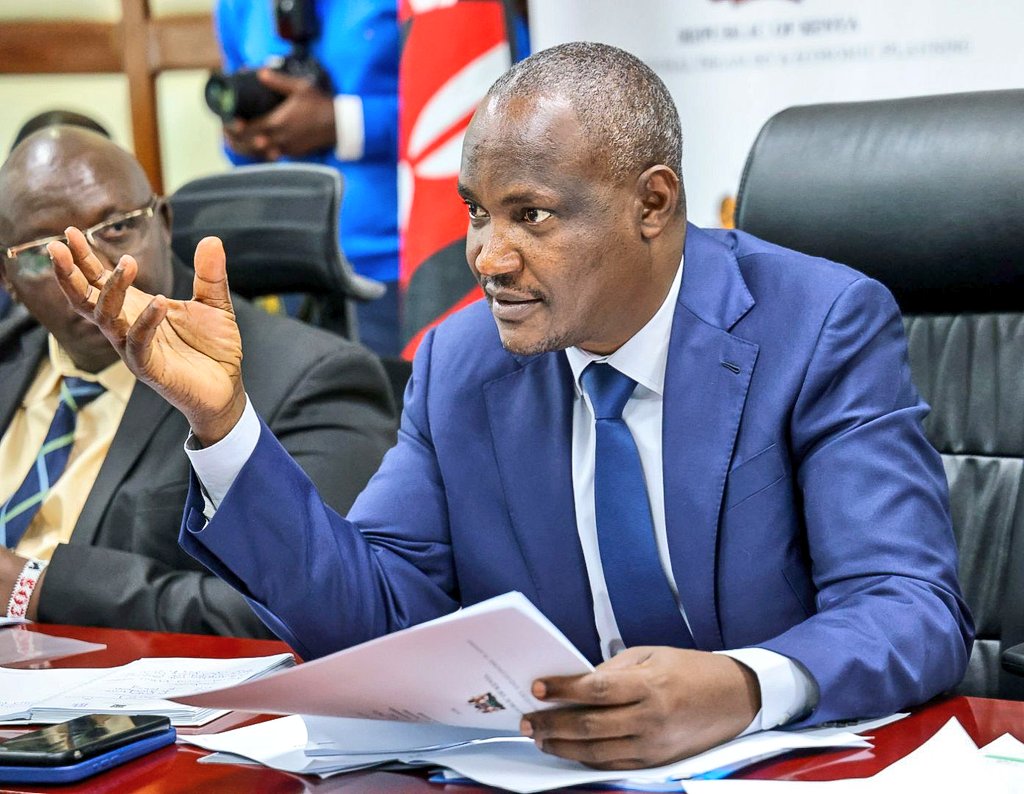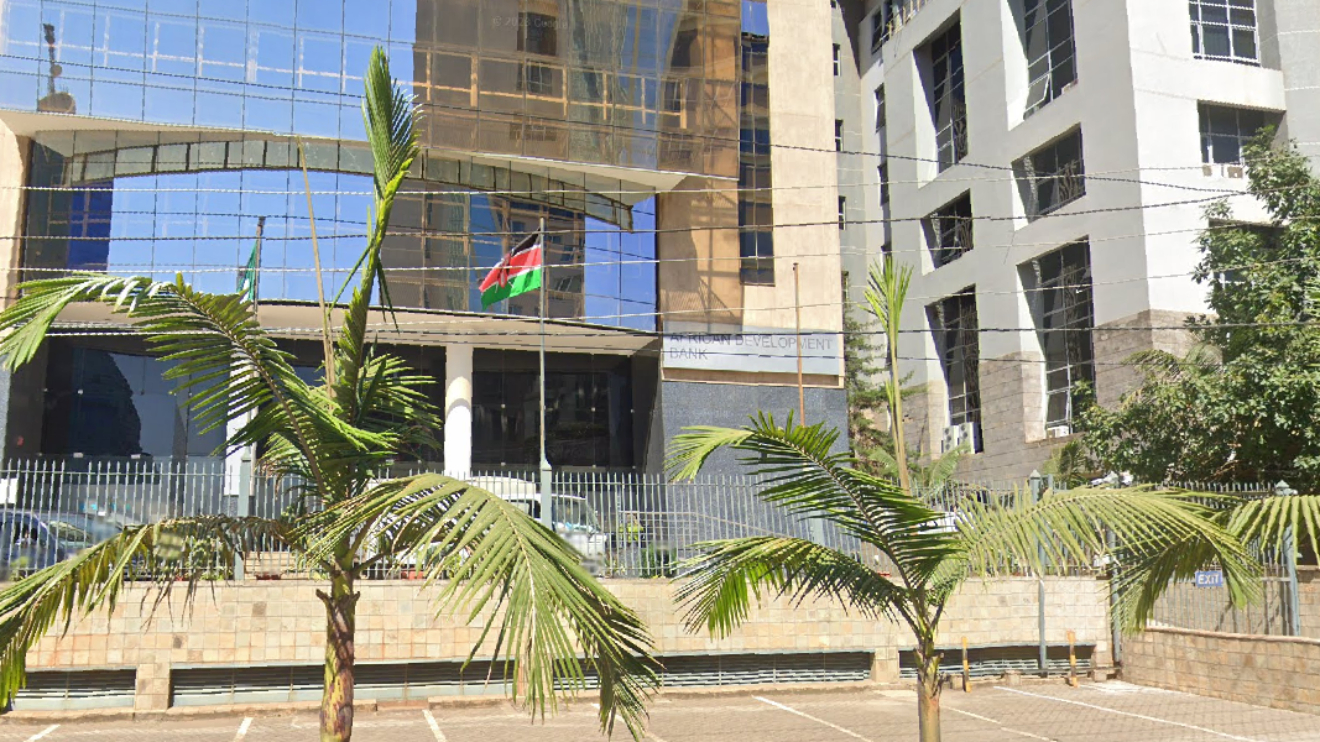The Kenyan government is gearing up for a transformative fiscal year, aiming to seal five major Public-Private Partnership (PPP) deals, inspired by the Adani model.
This strategic shift is part of a broader effort to fund critical national projects without stretching the national budget or plunging deeper into debt.
National Treasury Cabinet Secretary John Mbadi outlined the plan during a press briefing, emphasising the need to engage private investors in infrastructure development.
By leveraging PPPs, Mbadi believes the government can deliver on its infrastructure goals while keeping borrowing to a minimum.
"We need a partnership that does not strain our exchequer or commit us to more loans," Mbadi remarked, underscoring the pressing need for innovative funding solutions.
Read More
Adani Model to Anchor Future Deals
One of the standout examples driving this new approach is a Sh95 billion contract recently inked with Adani Energy Solutions.
The deal involves constructing high-voltage electricity transmission lines, with the private firm managing operations for a decade.
Adani Airport Holdings, the sister firm to Adani Energy Solutions, is eyeing operations at Jomo Kenyatta International Airport (JKIA) for a 10-year period, signalling a growing role for private players in public assets.
Mbadi was candid about the challenges JKIA faces.
"Something needs to be done about JKIA. Let us face it, that airport is too old for Kenya. It’s even a shame for an economy like ours to continue operating with such outdated infrastructure,” he said, adding that the government must act swiftly to ensure Kenya’s largest airport keeps pace with regional competitors.
“In the case of JKIA, the worst that can happen may be that they will not give us a fair share of the revenue or they will be inefficient. But if you use JKIA, you will realise that the current arrangement is not working properly. We will lose to competitors—Rwanda is coming up strong, Ethiopia has developed its airport, and we cannot afford to lag behind,” he added.
Five PPP Projects on the Horizon
The government intends to implement at least five key projects using the PPP model before the end of the current fiscal year, which runs until June 2025.
According to Mbadi, these will include projects initiated by private entities, known as Privately Initiated Proposals (PIPs).
"We have committed, as part of our performance contract, to at least five projects," Mbadi announced, confirming that the JKIA project would be among them, pending court approval.
“The truth of the matter is that we can finance these mega infrastructural developments from our balance sheet. We just need the right partners," Mbadi stated, reinforcing the government's commitment to moving forward with or without Adani’s involvement.
"If it is not Adani, let us get someone else to do it, but it should be done. Otherwise, we will fall behind Uganda and Tanzania."
Easing Economic Pressure
Beyond infrastructure, Mbadi is also pushing for tax reforms aimed at alleviating the financial burden on Kenyans.
He indicated that reducing Value Added Tax (VAT) and Corporate Income Tax would be a priority, with the goal of lowering these taxes to 25 per cent.
"We have to reduce the pressure on Kenyans, and to do this, we must lower Value Added Tax and Corporate Income Tax to 25 per cent," Mbadi stated.
The Treasury chief noted that while Kenya’s economic fundamentals are sound—citing a decline in inflation and steady GDP growth—many citizens feel the benefits are not trickling down.
"The economic fundamentals are working, but Kenyans continue to complain that they do not have money in their pockets," he acknowledged.
IMF Conditions Too Stringent?
Reflecting on the government’s fiscal strategy, Mbadi admitted that Kenya may have been too hasty in agreeing to stringent conditions set by the International Monetary Fund (IMF) as part of its extended credit facility.
Nevertheless, Mbadi was clear that cutting ties with the IMF is not an option, stressing the need for continued engagement with the lender while negotiating more realistic targets.
"I believe that some of the targets we had set with the IMF were unrealistic. You cannot come from a fiscal deficit of 5.2 per cent to GDP and go to 3.8 per cent. It should have been gradual," he noted.
A New Path Forward
As the government looks to PPPs to fund its development agenda, it remains focused on balancing fiscal responsibility with the need for economic growth.
Mbadi’s bold plans to lower taxes and invite private sector involvement in key projects signal a shift in strategy aimed at long-term sustainability.
The road ahead may be challenging, but with careful planning and strategic partnerships, the government is confident it can deliver the infrastructure and economic reforms necessary to drive Kenya’s future prosperity.



 shares a light moment with the company's Group CEO Dr Patrick Tumbo (right) at a past event-1758121528.jpeg)
-1758116028.jpeg)



